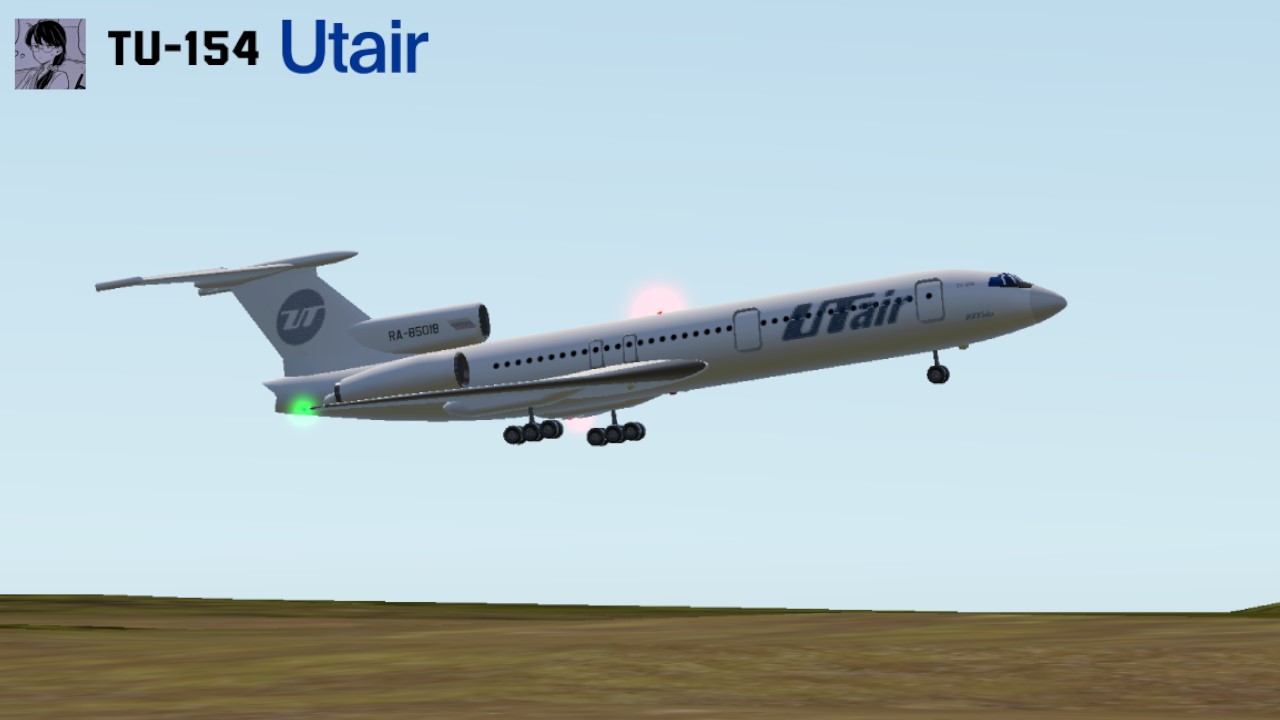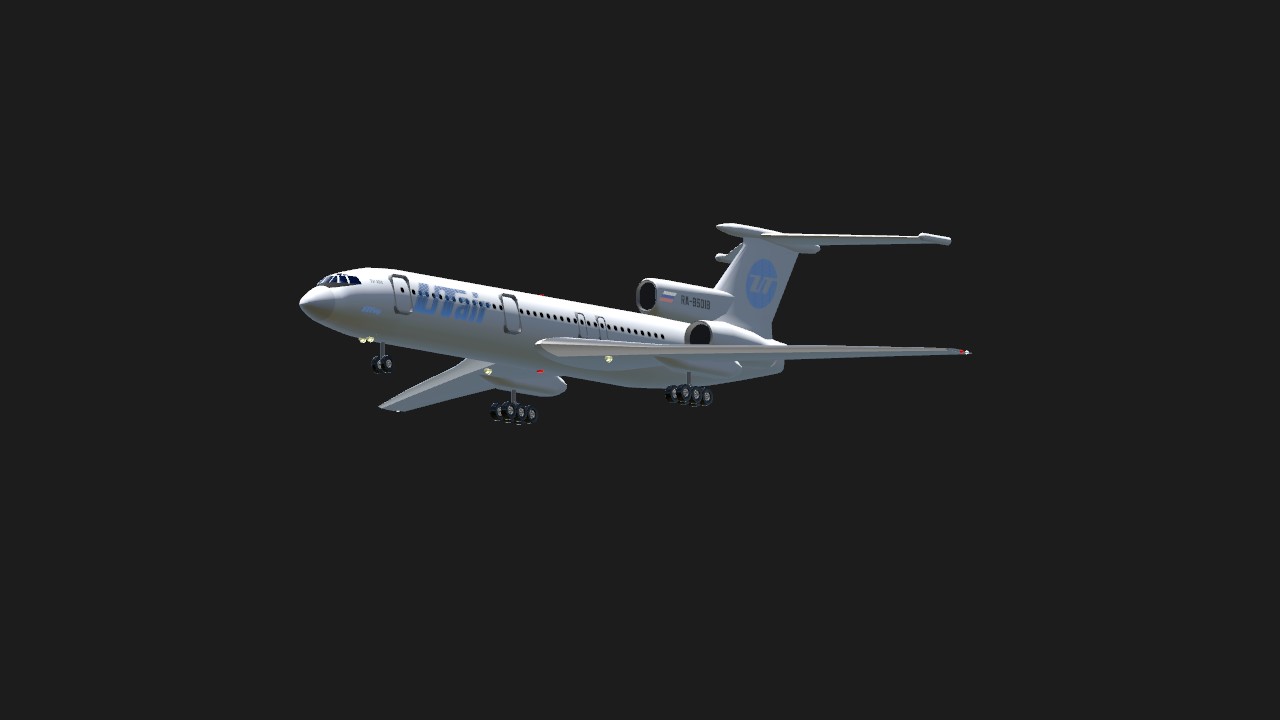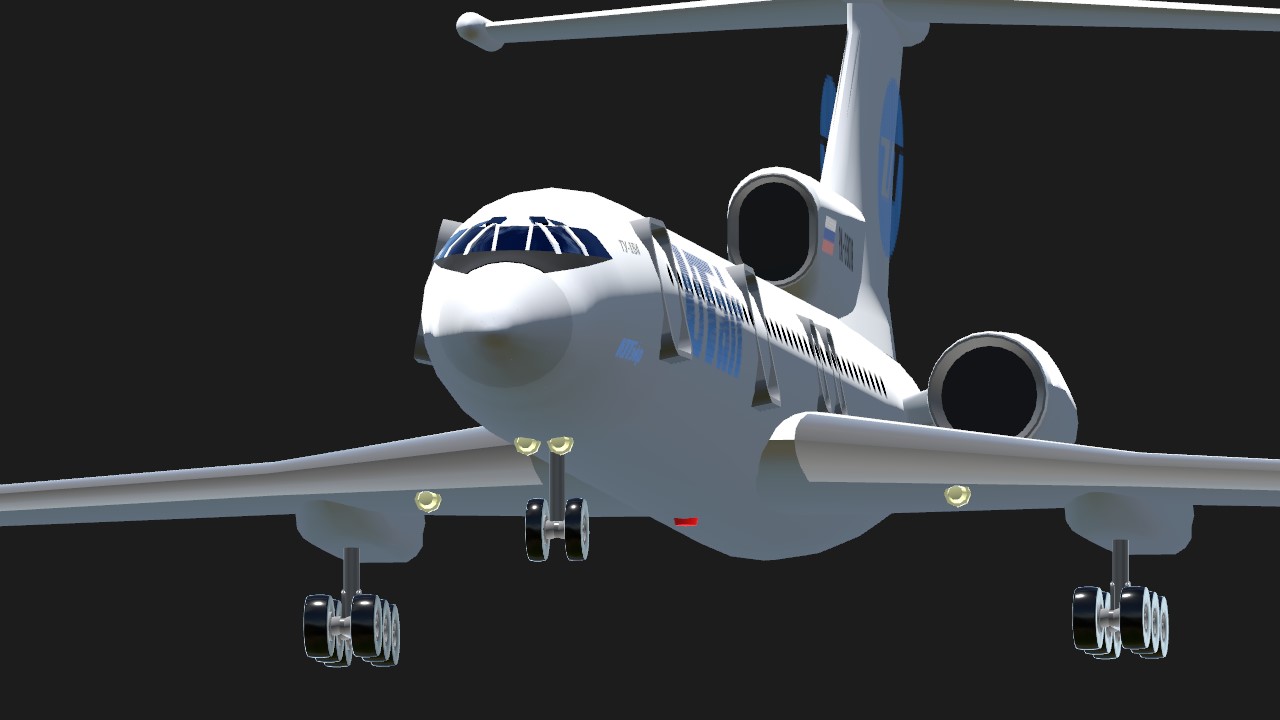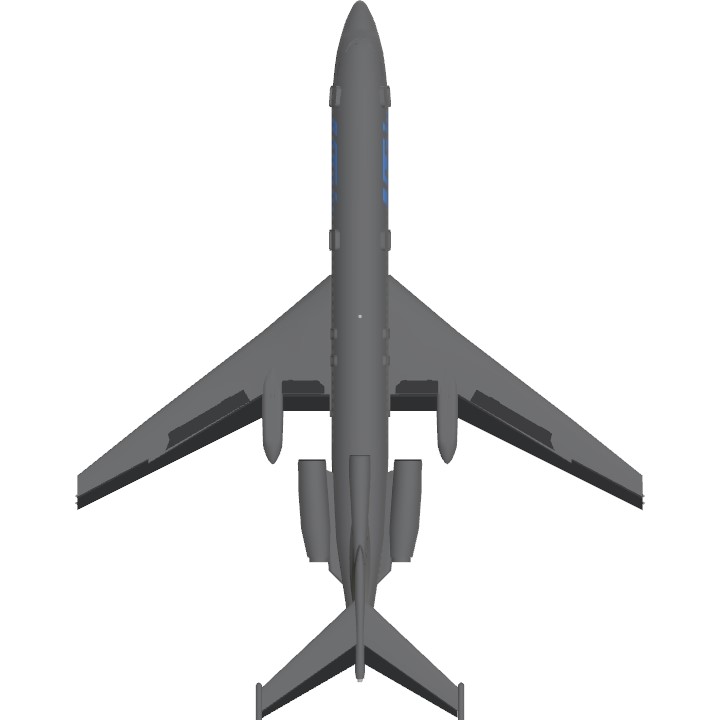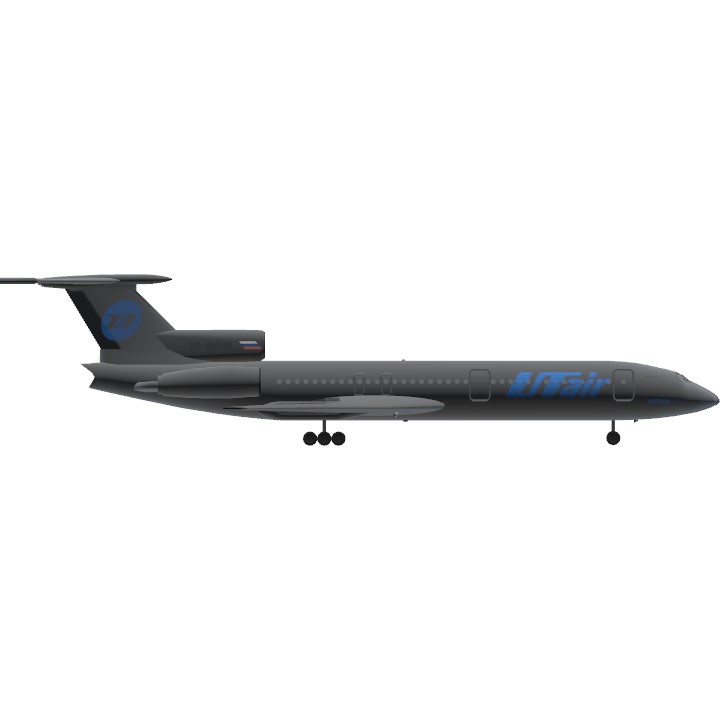The Tu-154 was developed to meet Aeroflot's requirement to replace the jet-powered Tu-104 and the Antonov An-10 and Ilyushin Il-18 turboprops. The requirements called for either a payload capacity of 16–18 t (35,000–40,000 lb) with a range of 2,850–4,000 km (1,540–2,160 nmi) while cruising at 900 km/h (490 kn), or a payload of 5.8 t (13,000 lb) with a range of 5,800–7,000 km (3,100–3,800 nmi) while cruising at 850 km/h (460 kn). A take-off distance of 2,600 m (8,500 ft) at maximum takeoff weight was also stipulated as a requirement. Conceptually similar to the British Hawker Siddeley Trident, which first flew in 1962, and the American Boeing 727, which first flew in 1963, the medium-range Tu-154 was marketed by Tupolev at the same time as Ilyushin was marketing its long-range Ilyushin Il-62. The Soviet Ministry of Aircraft Industry chose the Tu-154, as it incorporated the latest in Soviet aircraft design and best met Aeroflot's anticipated requirements for the 1970s and 1980s.
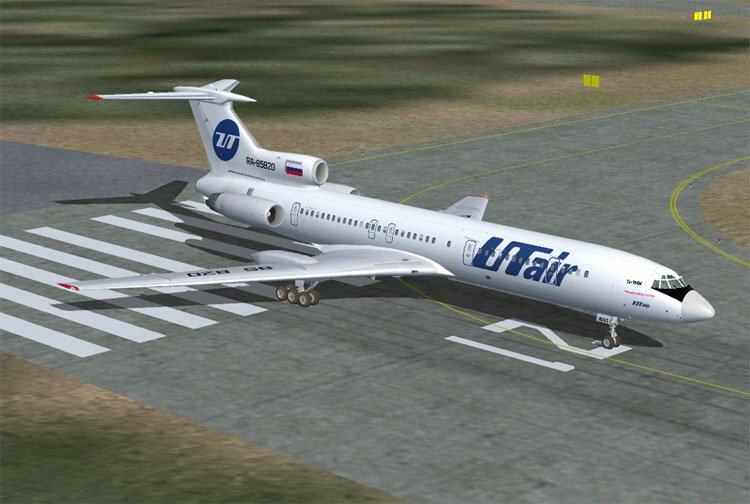
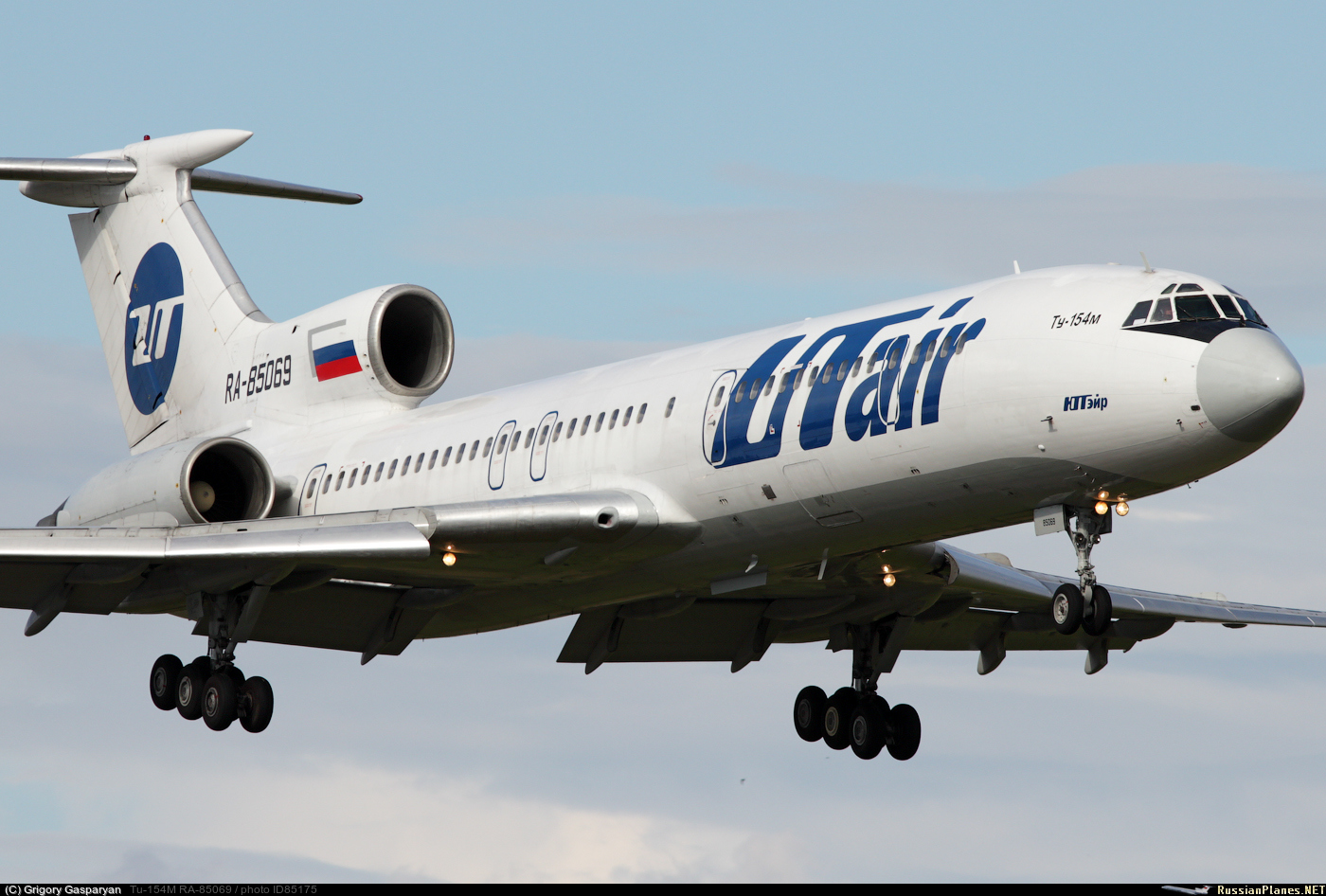
Specifications
Spotlights
- CCCP0000001 1.3 years ago
General Characteristics
- Predecessor Tu-154 | "Careless" | New Year
- Successors 2 airplane(s) +28 bonus
- Created On Windows
- Wingspan 98.5ft (30.0m)
- Length 124.6ft (38.0m)
- Height 29.7ft (9.0m)
- Empty Weight N/A
- Loaded Weight 39,211lbs (17,786kg)
Performance
- Power/Weight Ratio 1.031
- Wing Loading 51.9lbs/ft2 (253.6kg/m2)
- Wing Area 754.8ft2 (70.1m2)
- Drag Points 6749
Parts
- Number of Parts 194
- Control Surfaces 9
- Performance Cost 1,079

